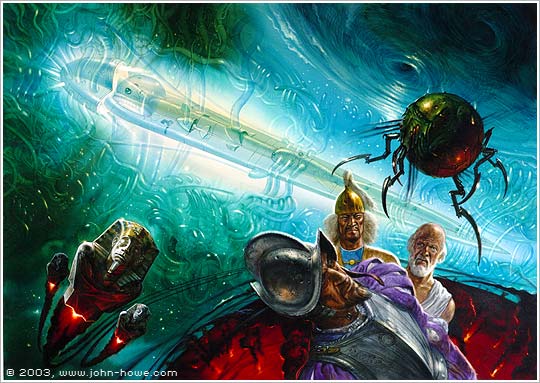Galaxy - Simple English Wikipedia, the free encyclopedia.
An Essay On Galaxies. Words: 2168 Pages: 8 Paragraphs: 12 Sentences: 116 Read Time: 07:53 Highlight Text to add correction. Use an editor to spell check essay. Galaxies are massive systems, which contain stars, gas and dust. These systems come in a variety of sizes, ranging from several million to several trillion stars. They also come in a variety of shapes. These shapes can be classified.
Galaxies with no recognizable shape are called irregular. They are usually small, with lots of young stars and bright gas clouds where new stars are forming. A typical example is the Large Magellanic Cloud (right). At 160,000 light years away, it is one of the closest galaxies and is visible to the naked eye as a pale smudge. It has only 10 billion stars - our Milky Way has 20 times more. The.
A galaxy is a group of many stars, with gas, dust, and dark matter. The name 'galaxy' is taken from the Greek word galaxia meaning milky, a reference to our own galaxy, the Milky Way. Gravity holds galaxies together against the general expansion of the universe. In effect, the expansion of the universe takes place between groups of galaxies, not inside those groups.

Normal galaxies or, often-called spiral galaxies are mostly large. The general anatomy can be described in three ways: a central region or elliptical (based on the shape and centered upon the nucleus), and a spherical corona or halo, composed primarily of old dwarf stars (3) and a globular cluster (4). Spiral galaxies are probably formed from giant clouds of rapidly spinning hydrogen gases.

The Milky Way is also one of the larger galaxies that have a circumference of about 300 thousand light-years! There are many types and morphologies of galaxies. First, there are elliptical galaxies which have elongated structures, like an ellipse. An elliptical galaxy on the Hubble Sequence, a classification system for galaxies, either range from E0, being nearly spherical, or up to E7, being.

Galaxies Essay, Research Paper. When you look at a distant galaxy, you are non merely seeing into infinite, but far into the yesteryear as good. The visible radiation from one of the galaxies we see today really started its journey toward Earth more than two? million old ages ago. The find of galaxies ( 1 ) began in the early 1400? s by Polish uranologists and continues to be studied today.

Editor's note: This essay first appeared in 2003 in NASA's Astrobiology magazine. If the person on next to me on a long airplane flight ever finds out that I am an astrophysicist, nine times out of ten they ask, with wide eyes, about life in the universe. And only later do they ask me about the big bang and black holes.

Spiral galaxies are a type of galaxy that was discovered by Edwin Hubble first in 1936 based on their appearance in optical light. A spiral galaxy is a. read full (Essay Sample) for free.

Essay text: Such interactions between nearby galaxies, which may ultimately result in galaxies merging, may induce episodes of significantly increased star formation, producing what is called a star burst galaxy. Small galaxies that lack a coherent structure could also be referred to as irregular galaxies. There are probably more than 100.

Stars And Galaxies Essay, Research Paper. Stars and galaxies began to organize about one billion old ages following the Big Bang, and since so the existence has merely continued to turn larger and ice chest, making conditions conducive to life. Three first-class grounds exist for believing in the big-bang theory. First, and most obvious, the existence is spread outing. Second, the theory.

Examples of celestial bodies are the sun, moon, planets, stars, galaxies, and all other objects in the universe. Astronomy may be the oldest recorded science. In 2300 BC, Chinese astronomers made their earliest recorded observations, yet the first true astronomers were the Greeks, who figured out that earth was a sphere. Pythoragoras figured out that the earth was a sphere.
Conclusion. You now know a great deal about what galaxies are, what they look like, and how they affect one another. But you can also study one more question: how do galaxies evolve through time? Hubble tried to solve this problem: he thought that galaxies evolved to the right on the tuning fork diagram. He was mistaken. Do you think you can figure out the answer to the problem that stumped.

Types and Classification of Galaxies. There are three main types of galaxies: Elliptical, Spiral, and Irregular. Two of these three types are further divided and classified into a system that is now known the tuning fork diagram. When Hubble first created this diagram, he believed that this was an evolutionary sequence as well as a classification. Elliptical Galaxies: Elliptical galaxies are.



